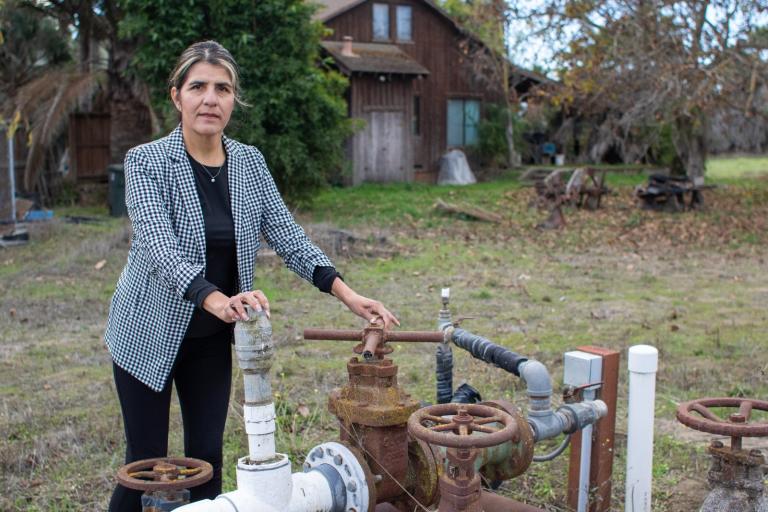Are old growth forests growing back? According to an article in the Oregonian, new federal research shows that there are 600,000 more acres of old forest west of the Cascades than there were a decade ago. I’m suspicious.
The structural characteristics of old growth forests are enormously complex. It’s a lot more than just a few trees with thick trunks. Though there are many competing definitions of old growth, foresters generally agree that there must be a diversity of tree ages and species: everything from hemlock saplings to Godzilla-size cedars. There are standing and fallen dead trees, whose slow rotting provides nutrients to the relatively poor soil typical west of the Cascades. And there are an abundance of mosses and lichens and shrubs.
Some even argue that old growth forests can never regenerate after being clearcut; or if they can regenerate, it will take hundreds of years. Clearcutting leaves the soil desiccated and prone to erosion. It also robs the forest of the conditions of later life: the big-biomass nutrients of decaying trees. (In fact, the research attributes much of the new old growth to forests regenerating in burned areas.)
The new inventory uses a simple rule of thumb: stands containing trees larger than 20 inches in diameter are considered "old." But that seems much, much too simple a measure. I’m happy to hear that forests on federal lands are aging and growing. But I’d prefer a more complete definition of old growth forests–a definition that speaks to their ecological complexity, their age, and their ability to provide shelter for wildlife.

